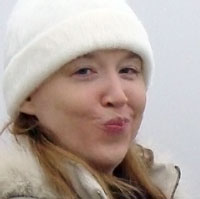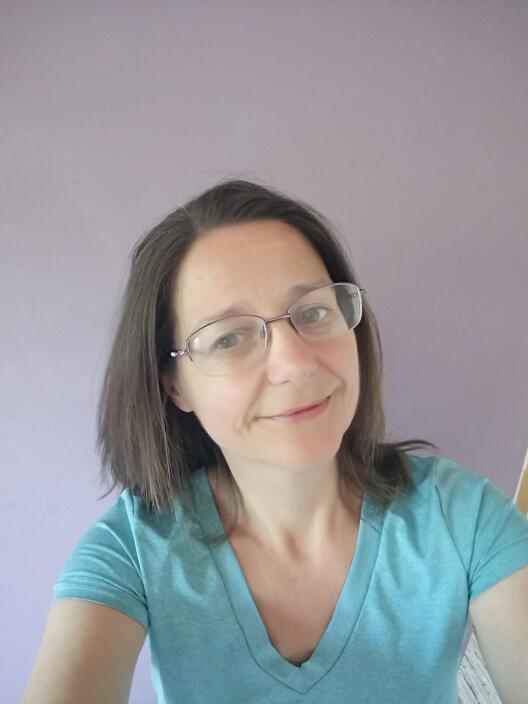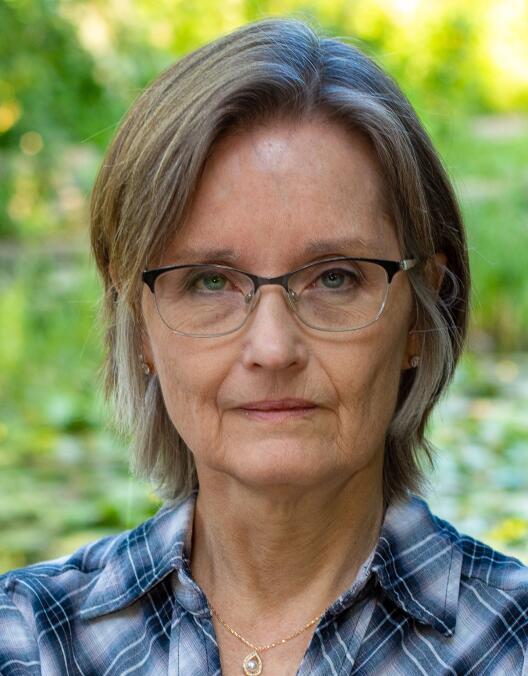Behind the Scenes - Team Scenography
This time in the interview: Jule Hayen from team scenography.
What is your team's job? What are you working on at the moment?
The main task of the scenography team is the dramaturgical design of the space. We think about how the content developed by the research team can be staged, how text can be translated into formal language and, of course, what perspectives this opens up for visitors. In doing so, we always try to take into account the spatial conditions of the orangery as well as the focal points of the content. It is therefore helpful that some members of the scenography are also involved in the research work and are familiar with the texts accordingly.
After we had decided on a specific room layout in a first step, our attention turned to the search for a suitable 'macrostructure', which at the same time should function as a support for our exhibits, but also bring with it a specific formal language.
At the moment, we are devoting ourselves to the individual texts and media selected and the question of how we want to present them in the overall structure, what connections and content should be conveyed to visitors and in what way. The next step will be the architectural concretization.
What do you enjoy most?
As for the majority of our team, the scenography of a literature exhibition is absolutely new territory for me as well. In the course of the project, therefore, new challenges arise with each new step, which we have to face together. This brainstorming in the team, when a multitude of ideas and perspectives are exchanged, collected and brought together in a very short time, are probably the moments that I find most exciting. For example, when an idea doesn't feel fully developed in my mind, but then suddenly fits into the overall concept when reflecting with the others.
Another aspect I've really come to love about my work in scenography is associative thinking. An idea, an approach, something that often already resonates when dealing with text, gains new meanings in my eyes when translated into another form - an experience I would love to explore more deeply in the future.
What have you learned so far?
Although I've been involved with literature for a long time, working on this project has shown me so many new facets of how text can be grasped and thought about, and what freedoms it can open up. I very much hope, with the realization of our exhibition, to make these free spaces accessible to as many people as possible, so that we can then think together in possibilities to tell new stories - of plants and people, of an 'us'.




